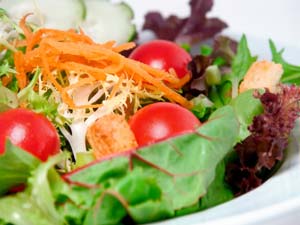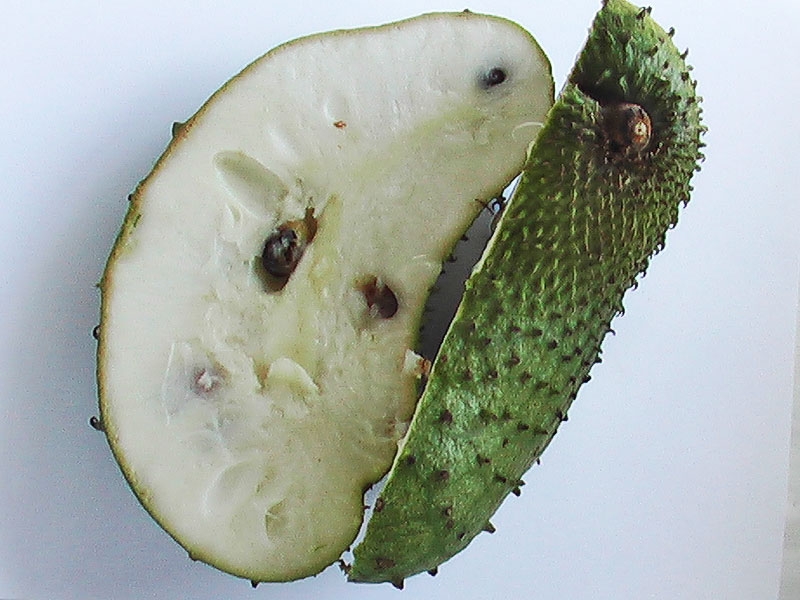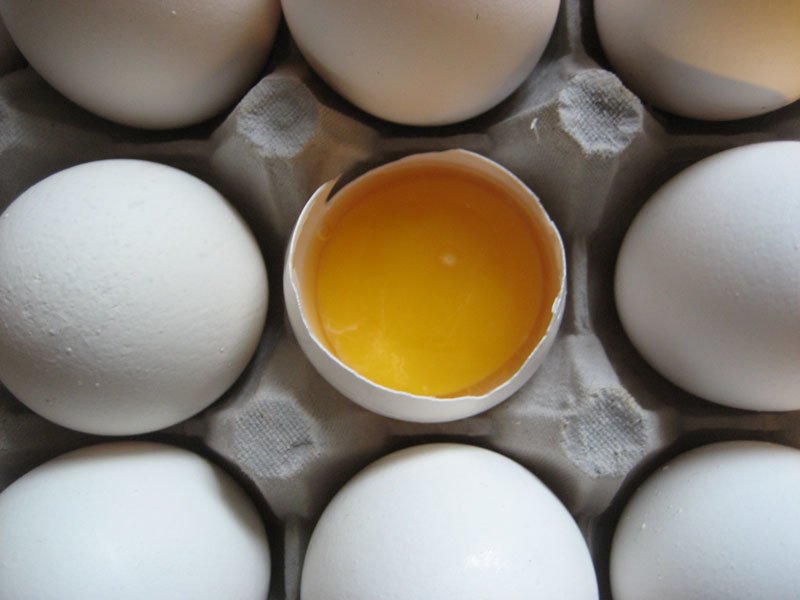 You cannot rush to a spa, beauty salon, or trichoilogist to fix recurring bad hair days every single day.
You cannot rush to a spa, beauty salon, or trichoilogist to fix recurring bad hair days every single day. Instead, your kitchen is full of ingredients that will make your tresses silky smooth, strong and beautiful. The bonus: Unlike professional hair treatments, these common kitchen ingredients don't cost a fortune! So rush to your kitchen cabinets and refrigerators, and follow these 20 tips to get your hair sorted forever!
For normal hair
Take half a cup of 'amla' powder, add to it two tablespoons of castor oil and one full egg and make into a smooth mixture. Apply on the hair and the scalp, leave on for about 30 minutes before shampooing.
Dry Hair
For women with dry hair, use of a conditioner is a must at all times.
Take half a cup of multani mitti and make a mixture with two tablespoons of coconut oil and the egg yolk. Apply this mixture well on the entire scalp, leave on for about half an hour and shampoo well.
Oily Hair
Make a mixture out of one cup of henna powder to which one tablespoon of lime juice has been added and mix into it the white of an egg. If the egg smell puts you off, use curd instead of the white of an egg. Apply this mixture to the hair, leave on for approximately half an hour and then shampoo. A point to note is that this pack will not colour your hair despite the dying quality of henna being an ingredient.
Massage the scalp using hot coconut oil. You can either use coconut oil or olive oil for best results.
For a protein packed conditioner, mix eggs and yogurt and rub it into your scalp. Leave on for five or 10 minutes, and then wash it off completely.
You can wash hair with a paste made from Neem leaves. This is particularly effective for hair loss caused due to excessive build up of scalp oil or invasive skin infections.
Do not wash your hair in hot water as it can increase the dryness of the scalp, resulting in flaking and scaling of the skin of the scalp. Use lukewarm water instead and shampoo haironly once or twice a week.
You can make your own hair fall-preventing medicine at home by frying some fenugreek (methi) seeds in coconut oil. Strain this mixture and apply it in minimal amounts, rubbed gently into the hair roots. Alternatively, you can boil some henna leaves in mustard oil. After cooling and straining this preparation, add drops of it in your coconut oil container that you are using for regular massaging.
Olive Oil is great for conditioning and shine. Honey can also be combined with Olive Oil on hair to make the results that much more effective. All you need is a small cup of olive oil. Use your hands to rub it in the ends and the mid length of your hair, shampoo after two hours.
For dandruff
Add 1 teaspoon of camphor to half a cup of coconut or neem oil. Store it in glass container. Massage this oil into the scalp before bed.
You can also mix 1 teaspoon of castor, mustard and coconut oil each and massage into the scalp.
Before washing your hair, apply the juice extracted from crushed coriander (dhania) leaves. You can also use a mixture of curd and gram flour (chana atta) that should be kept-on for at least an hour before bathing.
Use a shampoo and a separate hair conditioner. And leave the conditioner on the tip of the hair avoiding the roots for at least 10 to 15 minutes to moisturise the hair and prevent hair fall.
Extract some aloe vera gel and mix it with honey. Apply this on scalp and leave it for twenty minutes.
Regular use of some simple hair packs will provide the much-needed protection and also add sheen to your hair in your busy festive activities. Always remember to condition your hair as per hair type.
Apply 1/2 cup of mayonnaise to your dry hair, work in really well, cover your head with a plastic wrap, and let it set for about 15 minutes.works best for damged hair.
Jojoba oil should be applied mainly to the ends to make it softer. This home remedy can work wonders with frizzy and dry locks.
Another way is to mix one part of lemon juice with two parts of coconut oil. Massage into the roots of the hair regularly. Wash with warm water after three to four hours or leave overnight.
Massaging the hair roots with freshly extracted coconut milk is beneficial in treating hair loss. It should be left on for 15 to 20 minutes and rinsed off. You could follow up with a shampoo and condition.
For itchy scalp, add 1 teaspoon of camphor to half a cup of coconut oil and store it in glass container.Massage this oil into the scalp before bed.
Oily hair
Those having oily hair will need to shampoo their hair very often and hence should make sure that even the mild shampoo used is diluted further. For the last rinse, using white vinegar mixed with water in equal proportions also helps to reduce the oiliness.
















